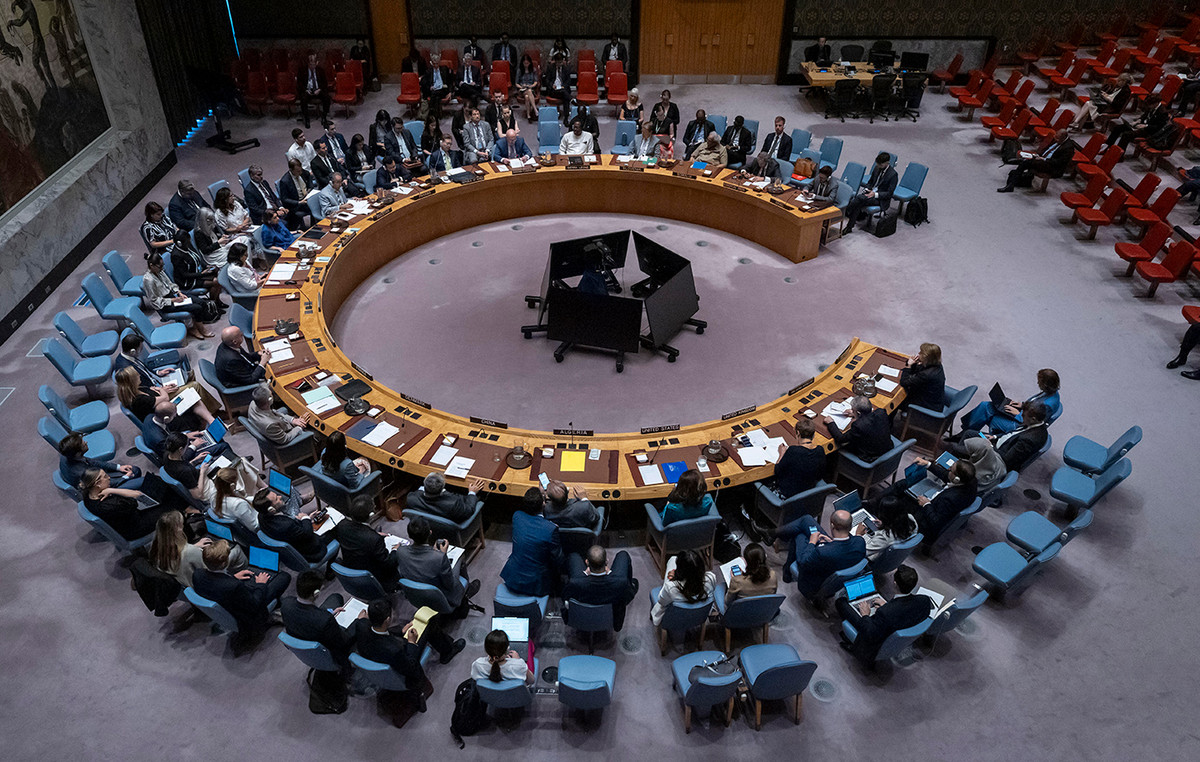Despite the numerous difficulties faced by the Brazilian education system, several initiatives around the country have acted to change the course of basic education and ensure quality for students.
Education in daycare centers is a very important moment for children’s growth, as preschool teacher Greka Gimenez says.
There are many people who see early childhood education as: ‘I’ll take them there to take care of the child, they just play with the children’. But it is in this play that they will understand a lot. It goes far beyond caring
Greka Gimenez, kindergarten teacher
Despite its importance, early childhood education encounters obstacles that can be seen in the numbers. In Brazil, it is not mandatory for parents to enroll children in day care centers.
The National Education Plan has set the goal that, by 2024, at least 50% of children aged 0 to 3 will be enrolled. Today, 37% of children have a place in day care centers.
If the number is compared in terms of income, 50% of children from rich families are enrolled in day care, against 25% from poor families.
positive examples
In the third episode of the special series produced by CNN “Project Education That Gives Right” we know positive examples in the cities of São Paulo, which managed to eliminate the waiting list for daycare centers, and in Londrina (PR), which created a vacancy center to prioritize the most vulnerable children.
The NGO Todos Pela Educação traveled to these cities to learn about and show these initiatives.
overcoming difficulties
A few years ago, the city of Londrina found it difficult to organize students in day care centers. That’s what the city’s Secretary of Education says, Maria Teresa Paschoal de Moraes.
“We We had more of 600 shares lawsuits in 2016 asking for places in day care centers. Lots of mothers desperate women had nowhere to leave their children, they had no perspective. Then we started management in 2017 and we organized this queue.”
“Every time the family went to look for a place in the nursery had a wear very big with the city hall, with the government, it was very difficult. This has been resolved why families come to us and we meet the needs of each one.”
vacancy center
Londrina created a vacancy center and defined clear criteria to prioritize the most vulnerable. With a single registration, it became more easy organize the queue, and the results began to appear. The number of enrollments rose from 3,500 to 6,500 between 2016 and 2020. The waiting list fell from 6,000 in 2017 to 2,300 in 2021.
In São Paulo, the queue for enrollment was much longer, and the way it was organized harmed many children. There is 15 years ago, each day care center in São Paulo had its own waiting list, with the registration being precarious. Without a single register, the day care centers followed their own criteria.
O scenery today is very different. In fromjune In 2016, the capital of São Paulo had 200,000 children in the queue for a place in nursery, against 64 thousand children enrolled. In December 2020, the city hall announced that the queue to search for vacancies was zero, to the joy of many mothers, such as Edilaine Mendes
“day care you give stability. At kids being well, healthy, you have that one frequency in timewhat you can organize.”
To increase vacancies and end the queues, the formation of partnerships with civil society organizations was essential. More than 2,000 daycare centers belong to these partnerships, responsible for 85% of enrollments.
Watch the full episode here.
Source: CNN Brasil







